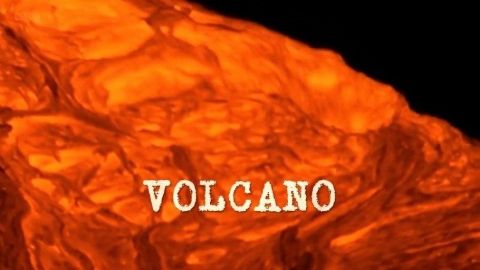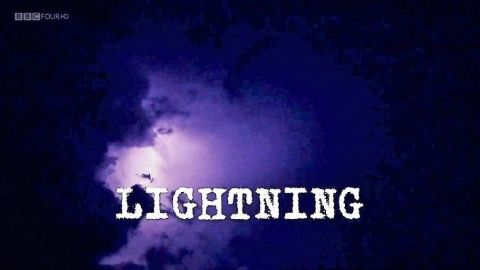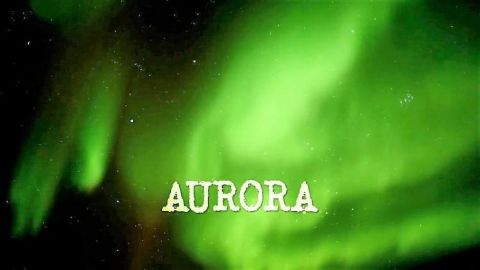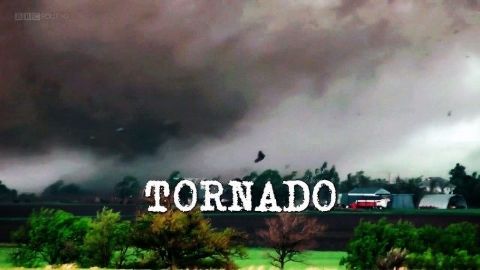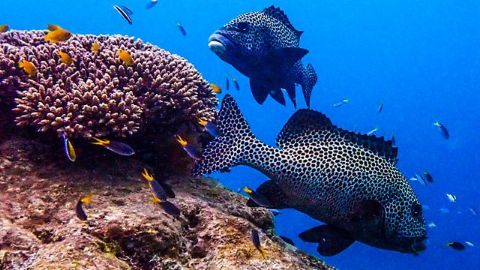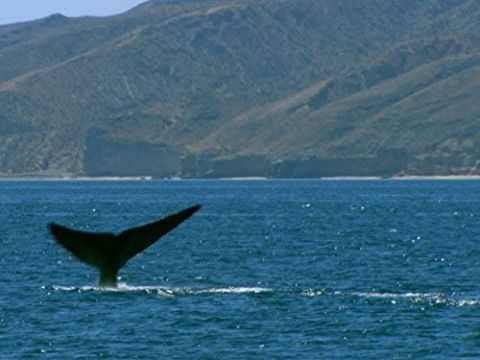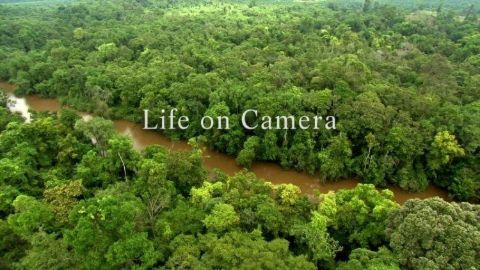Lightning • 2016 • episode "Part 3" • Dangerous Earth
Dr Helen Czerski examines the hottest natural phenomena on the planet - lightning. Bolts of lightning five times hotter than the surface of the sun strike our planet over 3 million times every day - and yet we still know little about this deadly force of nature. Now, specialist photography is revealing how lightning travels through the air, high-speed cameras are unlocking the secrets of upward lightning that's triggered by our urban landscapes, and scientific expeditions are capturing rare images of intense electrical discharges over 80 kilometres wide.
Make a donation
Buy a brother a hot coffee? Or a cold beer?
Hope you're finding these documentaries fascinating and eye-opening. It's just me, working hard behind the scenes to bring you this enriching content.
Running and maintaining a website like this takes time and resources. That's why I'm reaching out to you. If you appreciate what I do and would like to support my efforts, would you consider "buying me a coffee"?
Donation addresses
BTC: bc1q8ldskxh4x9qnddhcrgcun8rtvddeldm2a07r2v
ETH: 0x5CCAAA1afc5c5D814129d99277dDb5A979672116
With your donation through , you can show your appreciation and help me keep this project going. Every contribution, no matter how small, makes a significant impact. It goes directly towards covering server costs.

